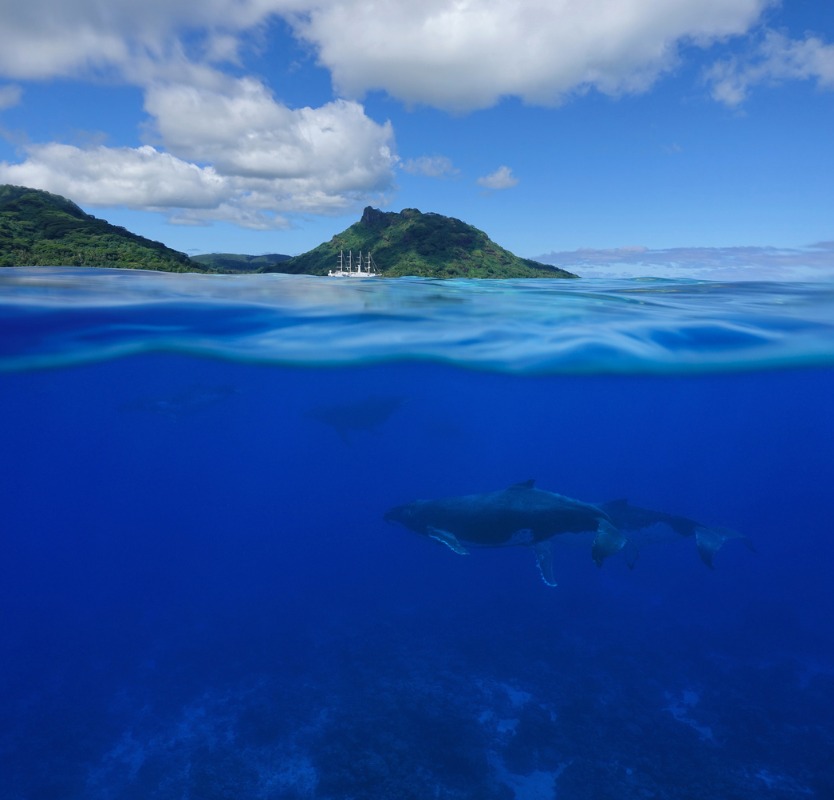Controlling underwater noise
SILENT class notations from DNV GL are designed to address growing levels of noise from operations at sea…
Fish and marine mammals rely on sound to communicate with each other, locate prey and navigate over long distances. These and other vital activities are disrupted by noise from ocean-going vessels, sonar devices and offshore energy operations. Scientists have become increasingly aware of this threat to biodiversity, and some rate underwater noise pollution as the next global threat after climate change and chemical pollution.
To address these marine noise-related issues, DNV GL issued the first underwater noise notation in 2010, the SILENT class. The intention of the notation is to provide owners of acoustically sensitive vessels with concise and realistic criteria for underwater noise emission, and to provide environmentally conscious owners with an opportunity to demonstrate a low environmental footprint.
The environmental impact of underwater noise is gaining more attention from governments around the world. One example is the Port of Vancouver, where incentives in the form of port fee reductions were introduced in January 2017 to manage the impact of noise from shipping activities on at-risk whales in the region. The European Marine Framework Directive also includes underwater noise as a descriptor in order to achieve and maintain “good environmental status” by 2020 and new IMO requirements addressing underwater noise are reportedly in the pipeline.
As a result, SILENT class notation from DNV GL is increasingly being recognised and applied by shipyards, owners and design institutes. The notation provides rules for specific operations or vessel types, including fishing, seismic, research, acoustic and environmental, defining acceptable noise for each category and addressing the specific challenges in various areas of operation.
The notation provides environmentally-conscious owners with an opportunity to show proof to authorities of a low environmental ‘footprint’...
The most relevant notation to superyachts is the SILENT-E (Environmental) class notation, which applies to any vessel needing to demonstrate a controlled environmental noise emission. The notation, therefore, provides environmentally-conscious owners with an opportunity to show proof to authorities of a low environmental ‘footprint’ and, as such, future-proof vessels for possible coming regulations and avoid exclusion from sensitive areas.
“The main benefits of the notation for superyachts include the economic incentives in north American waters and, with such long lifecycles, superyachts can futureproof operations against the expected new IMO requirements, as well as gain permissions to enter environmentally sensitive areas,” says Kai Abrahamsen, senior principal engineer at DNV GL. “Some superyacht owners might also want to stand out as environmentally friendly.”
Abrahamsen advises that the majority of superyachts would be able to achieve the notation with minimal additional cost. “Superyacht are built with on-board comfort a priority, and the sources for on board noise and underwater noise are the same,” he explains. “So, most yachts already have the in-built design and technology that would allow them to achieve the notation without changing anything. The main costs involved would be the classification costs to obtain the certification.”
DNV GL has experienced a high level of interest in the notation from superyachts. For example, The REV Ocean project has very strict underwater noise requirements and, falling under both research vessel and yacht categories, is being built under the SILENT-R or Research notation, the strictest level of underwater radiated noise requirement in the SILENT class notation.
Profile links
NEW: Sign up for SuperyachtNewsweek!
Get the latest weekly news, in-depth reports, intelligence, and strategic insights, delivered directly from The Superyacht Group's editors and market analysts.
Stay at the forefront of the superyacht industry with SuperyachtNewsweek
Click here to become part of The Superyacht Group community, and join us in our mission to make this industry accessible to all, and prosperous for the long-term. We are offering access to the superyacht industry’s most comprehensive and longstanding archive of business-critical information, as well as a comprehensive, real-time superyacht fleet database, for just £10 per month, because we are One Industry with One Mission. Sign up here.
Related news
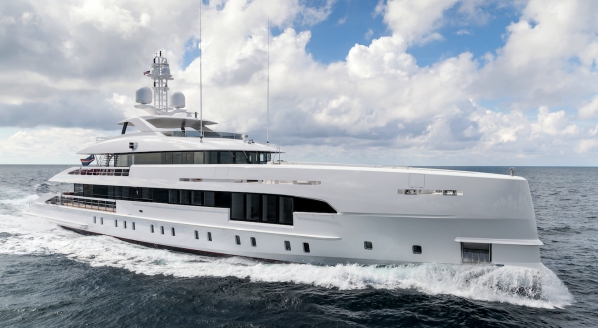
Heesen sells second hybrid superyacht
Record number of hybrid vessels set to be delivered by the superyacht industry in 2020
Fleet
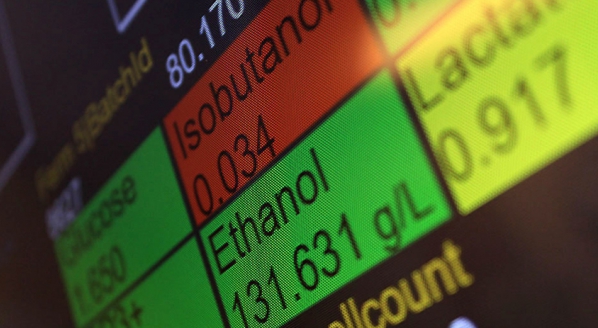
The future is not just electric
While electric propulsion may well be the long-term solution, legacy projects require a different approach
Technology
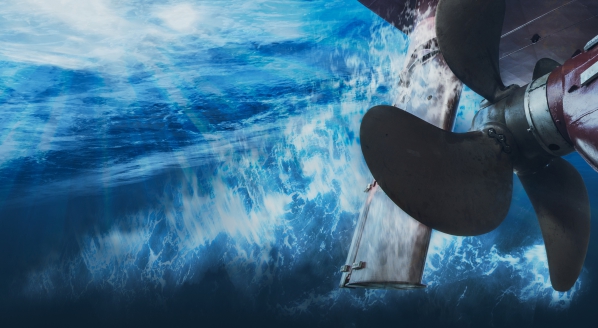
New technology reduces noise generated by propeller cavitation
PressurePores mitigates a vessel’s environmental impact by strategically placing holes in the tips of propellers
Technology

German superyacht activity
The German superyacht market continues to hold its position as a European powerhouse
Fleet
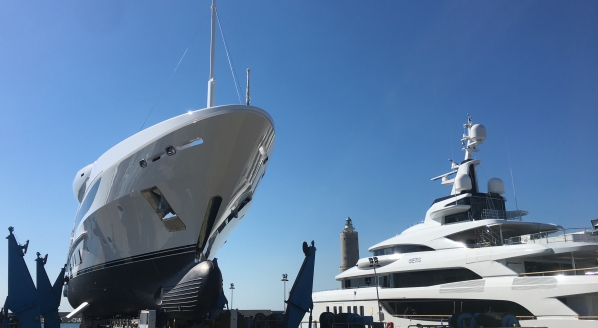
The impending threat of IMO Tier III regulations to sub-500GT yachts
SuperyachtNews speaks to Azimut Benetti about the impending regulations
Technology
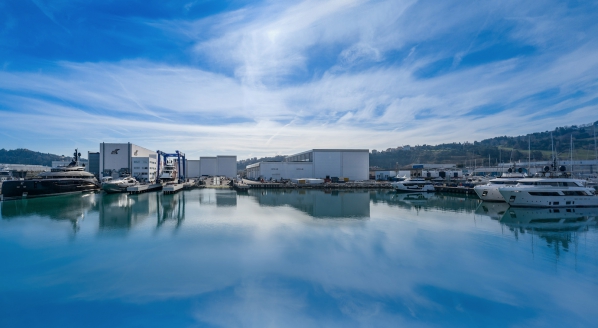
CRN achieves IMO Tier III certification for a megayacht
The first Italian shipyard to achieve the certification
Business
Related news
Heesen sells second hybrid superyacht
5 years ago
The future is not just electric
5 years ago
German superyacht activity
5 years ago
Cleaning up superyacht marinas
5 years ago
NEW: Sign up for
SuperyachtNewsweek!
Get the latest weekly news, in-depth reports, intelligence, and strategic insights, delivered directly from The Superyacht Group's editors and market analysts.
Stay at the forefront of the superyacht industry with SuperyachtNewsweek


